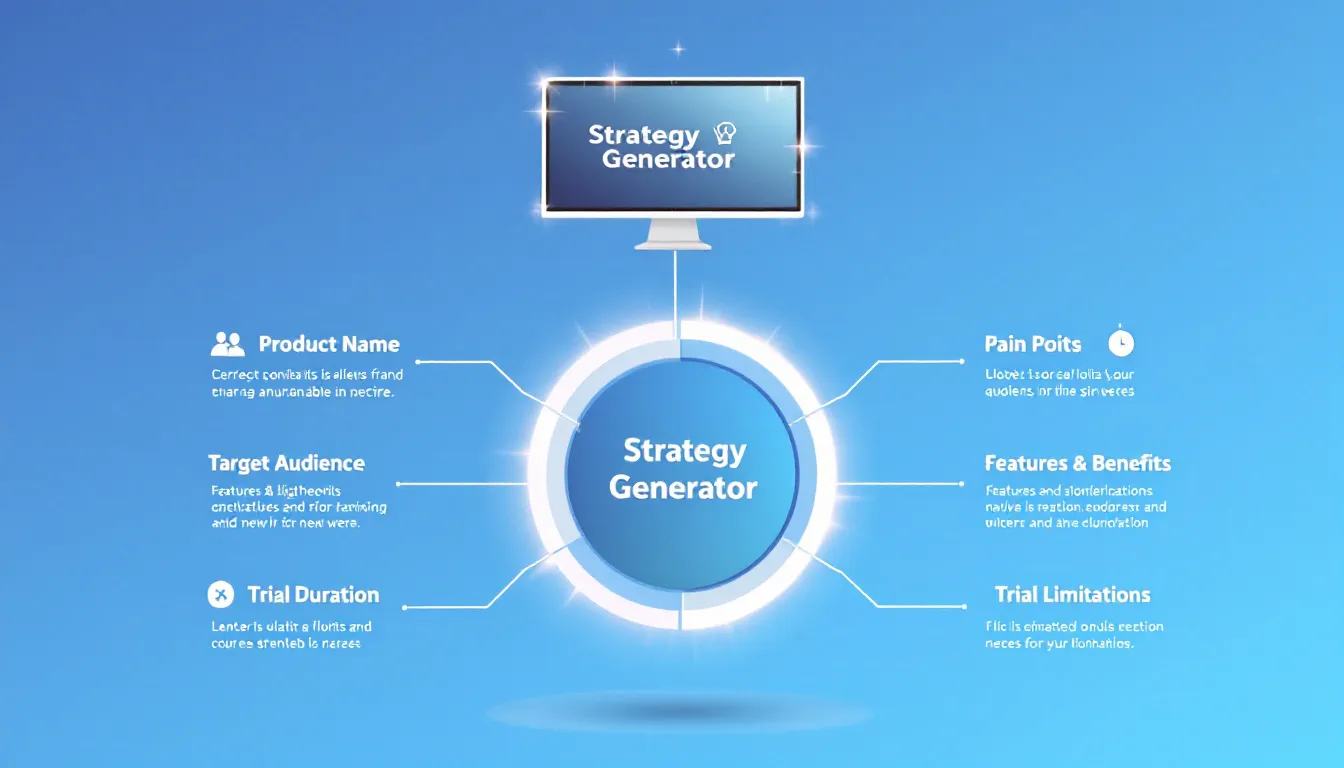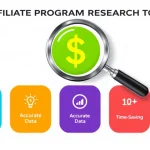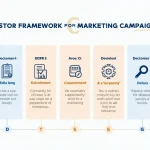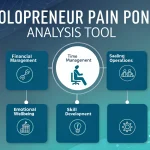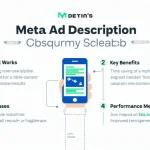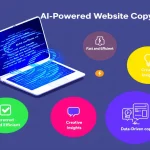Is this tool helpful?
How to Use the Product Trial Strategy Generator Effectively
The Product Trial Strategy Generator consists of six key input fields designed to help you create a comprehensive trial strategy. Here’s a detailed guide on filling out each field:
1. Product/Service Name
Enter your product or service name clearly and specifically. For example:
- “CloudSecure Enterprise Cybersecurity Suite”
- “HealthTrack Patient Management System”
2. Target Audience Description
Define your ideal customer segment with specific characteristics. Sample entries:
- “Healthcare administrators in mid-sized hospitals (100-500 beds)”
- “E-commerce business owners with 5-50 employees”
3. Pain Points and Needs
Detail the specific challenges your target audience faces. Example entries:
- “High customer churn rates, inefficient inventory management, lack of customer behavior insights”
- “Manual appointment scheduling errors, long patient wait times, inefficient resource allocation”
4. Key Features and Benefits
List your product’s main capabilities and their corresponding benefits. Examples:
- “AI-powered demand forecasting, real-time inventory tracking, automated reorder points”
- “Smart scheduling algorithm, automated appointment reminders, resource optimization dashboard”
5. Trial Duration
Specify the length of your trial period. Common examples:
- “21 days with full feature access”
- “45-day enterprise evaluation period”
6. Trial Limitations
Define any restrictions during the trial. Examples:
- “Maximum 10 user accounts, 100GB storage limit”
- “Basic support package, limited to 3 department integrations”
Understanding the Product Trial Strategy Generator
The Product Trial Strategy Generator is a sophisticated tool designed to help businesses create effective product trial programs that convert potential customers into paying clients. It combines proven marketing principles with customer psychology to generate tailored trial strategies that maximize conversion potential.
Core Components of the Strategy Generator
- Customer-centric approach focus
- Value proposition alignment
- Feature-benefit mapping
- Conversion optimization elements
- Trial period optimization
Benefits of Using the Product Trial Strategy Generator
1. Strategic Alignment
The tool ensures your trial strategy aligns with:
- Customer needs and expectations
- Product value proposition
- Market positioning
- Business objectives
2. Time and Resource Optimization
Benefits include:
- Reduced strategy development time
- Standardized approach to trial design
- Efficient resource allocation
- Streamlined implementation process
3. Conversion Rate Optimization
The generator helps maximize conversion rates through:
- Targeted value demonstration
- Optimal trial duration setting
- Strategic feature limitation
- Clear value proposition communication
Problem-Solving Capabilities
1. Customer Experience Enhancement
The tool addresses common trial program challenges by:
- Creating clear trial parameters
- Defining value demonstration points
- Establishing engagement milestones
- Structuring conversion pathways
2. Strategic Planning Support
Helps businesses overcome planning challenges through:
- Systematic approach to trial design
- Data-driven decision support
- Best practice implementation
- Risk mitigation strategies
Practical Applications and Use Cases
Example 1: SaaS Product Trial Strategy
Company: CloudAnalytics Pro
- Target: Mid-sized e-commerce businesses
- Trial Duration: 30 days
- Key Features: Advanced analytics, custom reporting, integration capabilities
- Trial Limitations: 5 user accounts, basic support
- Conversion Strategy: Milestone-based feature unlocking
Example 2: Enterprise Software Trial Program
Company: SecureFlow Enterprise
- Target: Large financial institutions
- Trial Duration: 60 days
- Key Features: Advanced security protocols, compliance management, audit trails
- Trial Limitations: Department-specific implementation
- Conversion Strategy: Phased implementation with ROI demonstration
Frequently Asked Questions
What is the ideal trial duration for my product?
The ideal trial duration depends on your product’s complexity and value proposition. B2B products typically require 30-60 days, while B2C products often work well with 14-30 day trials.
Should I offer all features during the trial?
Consider offering core features that demonstrate clear value while reserving premium features for paid versions. This approach allows users to experience essential benefits while maintaining upgrade incentives.
How can I ensure users actively engage with the trial?
Implement an onboarding sequence, provide guided tutorials, and set up engagement milestones. Regular check-ins and progress tracking help maintain user interest.
What metrics should I track during the trial period?
Key metrics include user engagement rates, feature adoption, time-to-value, support ticket volume, and conversion rates at different trial stages.
How should I handle trial extensions?
Consider offering extensions based on user engagement and potential value. Implement a clear extension policy that maintains the trial’s urgency while accommodating genuine evaluation needs.
What’s the best way to transition trial users to paid customers?
Implement a clear communication strategy highlighting value received during the trial, provide smooth upgrade paths, and offer transition incentives aligned with user needs.
Important Disclaimer
The calculations, results, and content provided by our tools are not guaranteed to be accurate, complete, or reliable. Users are responsible for verifying and interpreting the results. Our content and tools may contain errors, biases, or inconsistencies. We reserve the right to save inputs and outputs from our tools for the purposes of error debugging, bias identification, and performance improvement. External companies providing AI models used in our tools may also save and process data in accordance with their own policies. By using our tools, you consent to this data collection and processing. We reserve the right to limit the usage of our tools based on current usability factors. By using our tools, you acknowledge that you have read, understood, and agreed to this disclaimer. You accept the inherent risks and limitations associated with the use of our tools and services.
